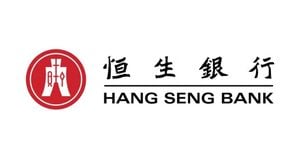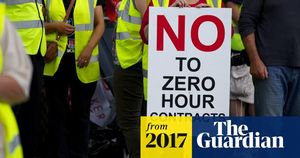Starbucks, the Seattle-based coffee powerhouse, is currently maneuvering through challenging waters as it strives to revitalize its brand and improve its stock performance, which remains depressed from its peak. Over the past several quarters, the company has experienced notable declines in same-store sales, raising questions about its future growth potential and overall market position.
Founded back in 1971, Starbucks has transformed from selling high-quality coffee beans to becoming the world’s leading coffeehouse chain. Recent years have seen multiple leadership changes, culminating recently with Brian Niccol taking the reins as CEO. Niccol, who previously led Chipotle during its recovery from health crises, is now tasked with turning around Starbucks’ fortunes following significant sales dips and leadership turnover.
Starbucks has faced considerable pressures, especially among its American and Chinese markets, which are pivotal to its operations. Compounding these difficulties has been increased competition from local coffee shops and changing consumer preferences, all leading to decreased foot traffic. The company reported a 4% decline in same-store sales, marking four consecutive quarters of downturn, raising eyebrows among investors. Yet, there’s been silver lining—Starbucks stock gained 45% since August, indicating market optimism.
It’s against this backdrop of fluctuated performance and new strategy formulation under Niccol's guidance, aiming to bring the company back to its growth roots, referred to as the “Back to Starbucks” plan. This strategy entails simplifying the menu and enhancing overall customer experiences—a move Niccol believes is necessary for rekindling customer loyalty.
"Our fourth quarter [fiscal] performance makes it clear we need to fundamentally change our strategy so we can get back to growth, and that's exactly what we are doing with our 'Back to Starbucks' plan," Niccol asserted. This approach seeks to reincorporate pleasant customer experiences by reinstig the condiment bar and enhancing service efficiencies. Niccol emphasized the mission of reestablishing Starbucks as not only a premium coffee retailer but also as the preferred gathering space for customers.
Starbucks has actively engaged its stores by reintroducing customer favorites, like ceramic coffee mugs and glasses, signaling its commitment to sustainability and enriching the overall store experience. This also includes offering free refills on brewed coffee and tea for dine-in customers. These changes are receiving attention as potential strategies for luring customers back.
Despite positive strides, underlying challenges still loom. Starbucks is contending with inflationary pressures and diminished consumer traffic, particularly as foot traffic dropped significantly during the pandemic. Analysts project approximately 9% earnings decline for the upcoming fiscal year, indicating uncertainty as the company attempts to navigate these challenges.
Starbucks currently operates approximately 41,000 stores worldwide, contributing to its considerable annual revenue, which aims for $36.18 billion come 2024. Given its vast scale, Starbucks remains equipped to leverage technology and marketing strategies, fortifying its competitive edge within the coffee retail marketplace. This dominant positioning allows the company to adapt and explore new market segments, especially as it looks to specific Asian markets where coffee consumption is on the rise.
The dividend seekers, meanwhile, are watching closely. Starbucks’ impressive history of dividend payouts—having increased its quarterly dividend by 1,120% since 2010—continues to pull interest. Currently, the company boasts approximately 2.1% yield, appealing to investors focused on reliable income streams against varying market challenges.
Turning attention back to the stock, its recent appreciation suggests some investor confidence may be present, but caution is warranted amid the forecasts of declining performance. Critics point out the high P/E ratio of 35, deeming the stock potentially overvalued, which might make it less attractive to bargain-seeking investors who may be hoping for price dips.
Market sentiment following earnings results has largely expressed optimism, especially as management reported improvement trends throughout the past quarters, particularly with morning customers, who Starbucks aims to regain actively. Although the challenges of labor and competitive pressure persist, market watchers remain hopeful for Niccol's leadership to manifest positive change. The road to recovery seems cautiously optimistic.
With the coffee giant grappling against industry pressures and trying to retrieve its footing, investors are left pondering whether the attractive dividend growth history outweighs the current operational obstacles. While Starbucks might remain on many investors' radar, patience may be necessary as the company works through revitalizing its brand and performance, making careful observation of upcoming quarterly reports prudent for any serious investors.



